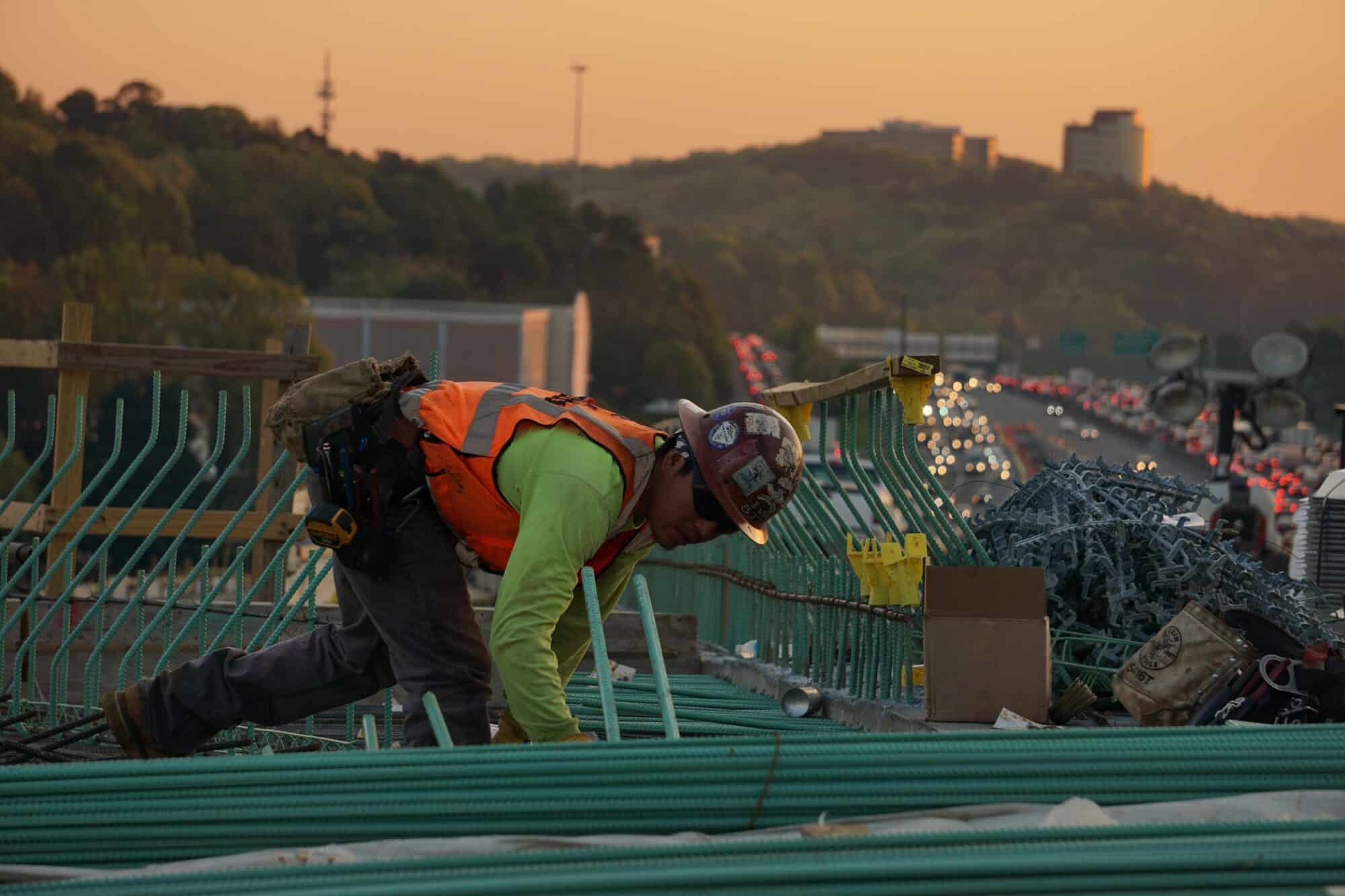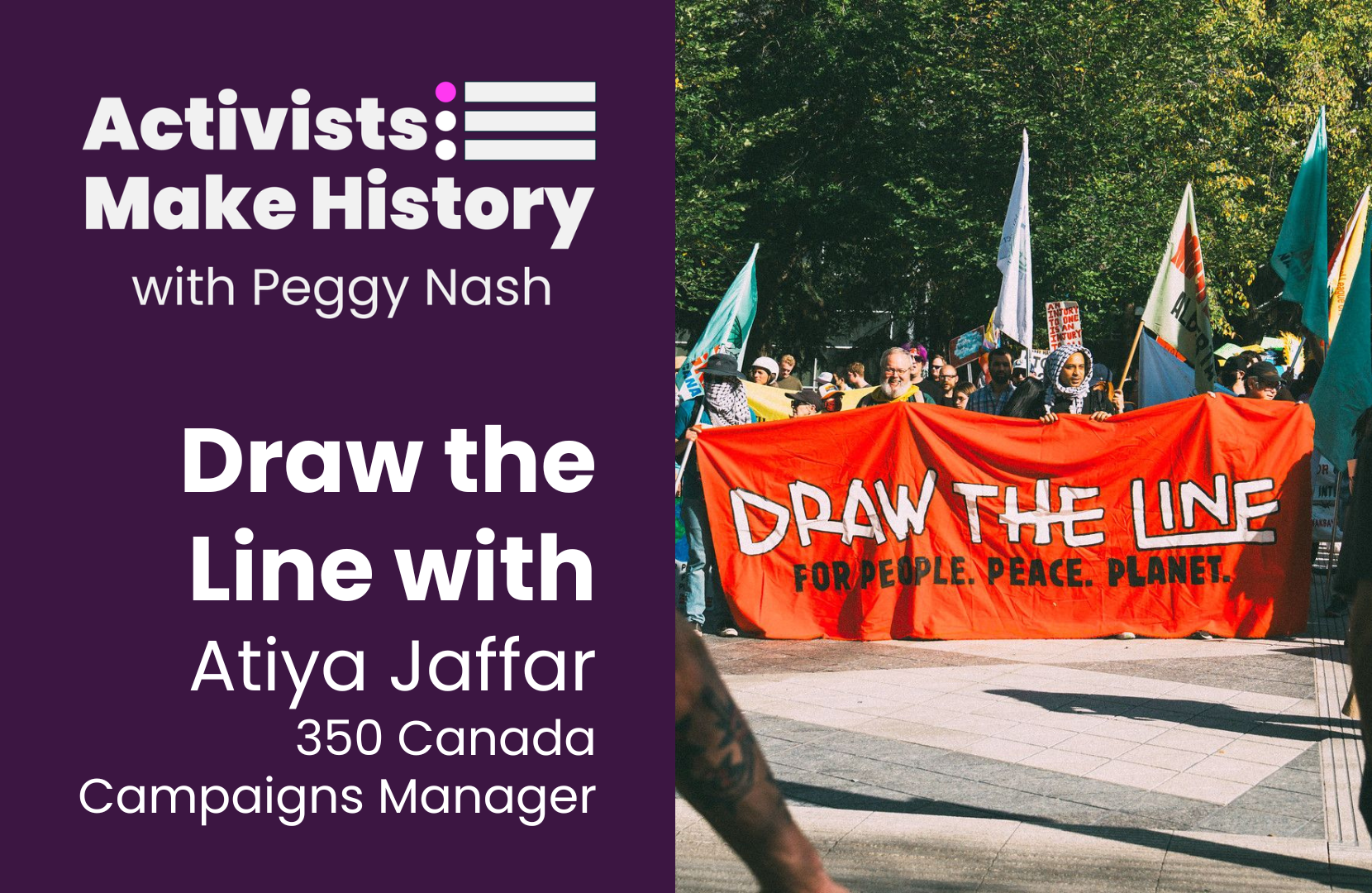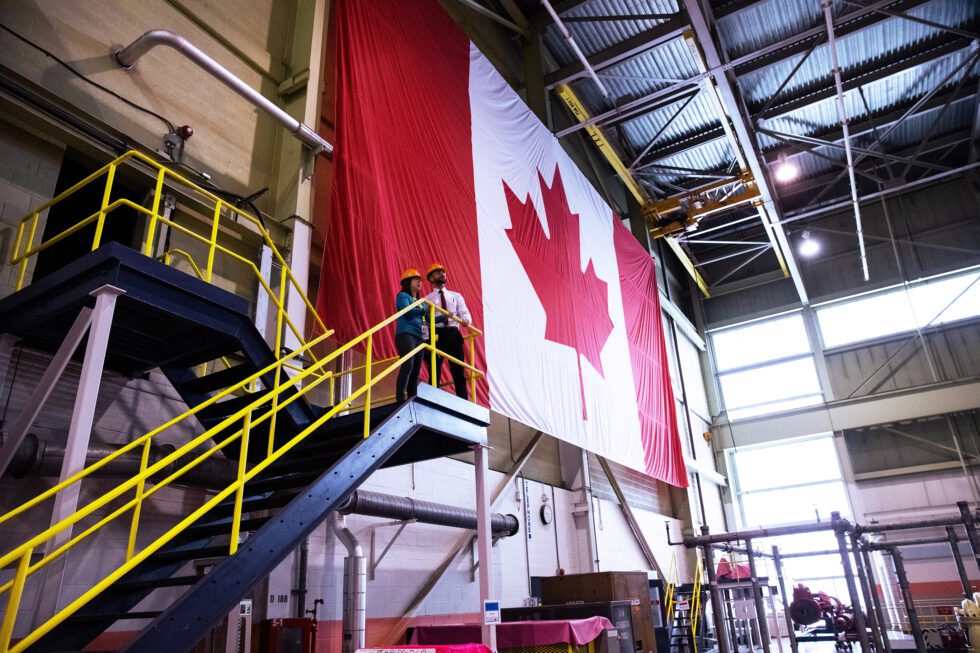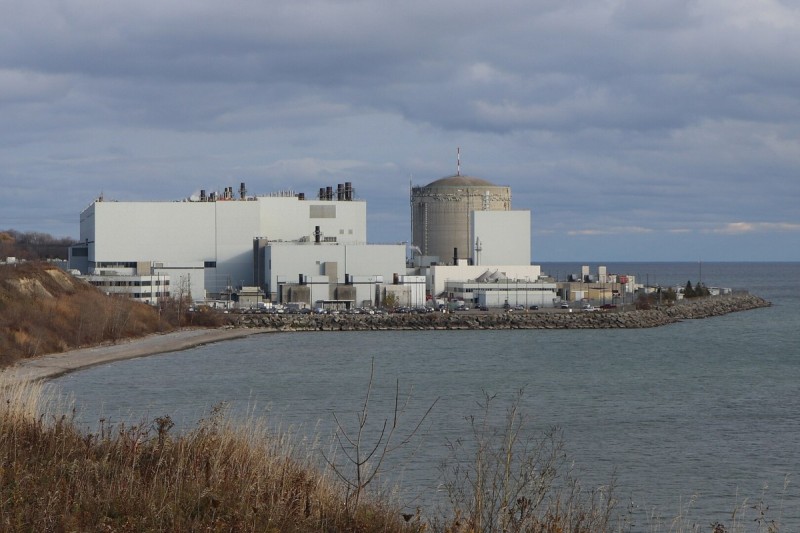An idea has been developing. Perhaps three of the biggest threats to our societies – environmental destruction, public austerity and economic inequality – stem from a single problem: a rapacious economic model that assumes everything, including people, is a resource to be consumed. Until there’s no more.
For many, that’s the analysis creating enthusiasm about a Green New Deal. In simplest terms, a Green New Deal is an economic strategy to boost jobs and wages through decarbonizing the economy. But it’s also much more complex, aiming at the core structural problems that got us here.
Recently, NDP leader Jagmeet Singh has been publicly expressing his support for the concept. He’s pledged a federal green retrofit program that would create jobs for trades workers, cut carbon emissions, save people money and improved the quality of our homes lives. He’s promised tax changes on high-wealth Canadians to address inequality and bring in new revenue.
With a federal election this fall, Singh’s policy-designers need to press ahead. But even while there needs to be speed, caution is required if a Green New Deal is to succeed.
Those of us in the labour movement have watched government after government, using everything from tax cuts to trade deals, hurt working people. In both BC and Ontario, the inflation-adjusted median wage in 2016 was lower than in 1975. Decarbonizing the economy can’t be another Trojan Horse attack on working families.
It’s been tried. In the 2008 federal election, Liberal Leader Stephan Dion’s “Green Shift” plan rightly won applause for pledging to implement carbon emissions pricing. But it had no income-based rebate plan. And buried inside was a plan was to cut corporate taxes even more deeply that the Harper Conservatives. Shifting taxes from corporations to consumers isn’t a Green New Deal.
And the Trojan Horse has been done. The Ontario McGuinty government deserved praise for ending coal-burning electricity generation. But inside that change-over was widespread privatization and de-unionization of the energy production and windfall profits for investors. The promise of a thriving co-operative and municipal production sector never materialized.
Those determined to reverse austerity, inequality and environmental damage need to help Canadians be clear that there’s a huge difference between a Green New Deal and a Green Neoliberal Deal. Something new that reproduces the same old downward pressure on wages, the same tax unfairness, the same lobbyist machine at the heart of the system – and the same bonanza pay-off for investors — is no Green New Deal.
Policy designers also need to resist thinking a Green New Deal is just a stimulus package – a one-time boost of money to get the decarbonizing job done. An initial flush of stimulus should launch it, but a new deal isn’t temporary, it’s a re-setting of the economic model — a change that keeps needed investments flowing and delivers economic benefits more equally.
We’ve been living in the neoliberal model for so long it’s easy to forget there are others. From the 1940s to the 1970s, Canadian governments developed a model based on a national economy with social safety nets, high taxes on high incomes and laws supporting workers’ collective bargaining, among other features.
And there are also different models working today. The Nordic social democracies’ “social partnership” model has, at its core, collective agreements between national worker and employer federations that apply across national industries. The Nordic model contrasts with the Anglo-American decentralized labour relations system in which bargaining units are, excepting construction trades, almost always based on a single workplace.
The social partnership model put workers at the core of their national economy, directly bargaining with employers over entire industries, striking deals with national impact on inflation, capital investment and unemployment. Around those decisions are arrayed universal social programs and training and transition plans.
For Green New Dealers, economic structures matter. The results of an economic model – how gains are shared, where investment is targeted – greatly depends on who sets the rules. Green New Deal architects need to bring together the political coalition they need to be the change they want.
A Green New Deal also needs to work with Canada’s federal structure, not fight it. Many key levers of transformation are within provincial jurisdiction — electricity production, building codes, collective bargaining, worker training and transit. The art of federalism is to bring provincial governments together – despite differing party stripes – to reach national objectives Canadians agree on.
That political art created our greatest social policy successes. The federal government worked with provinces to create public public health care and public pensions – both areas of provincial jurisdiction. Federal financial financial support was critical to the progress of co-operative federalism.
But massive federal transfer cuts in the late- and mid-1990s offloaded programs, damaging provincial trust in federal partnership. Ottawa has died back to an executive federalism that is constitutionally unable to do much on its own, and too weak to win-over provincial governments. And we’ve seen cooperative federalism become replaced with obstinacy, grandstanding and political stands-offs.
Even worse, one of the remaining areas of federal funding — infrastructure — has been turned into a monstrosity. For decades, under Liberals and Conservative alike, federal infrastructure funding has been tied to privatization. A Green New Deal should tie infrastructure dollars to decarbonization.
Architects of a Green New Deal for Canadians can use federal authority where there is jurisdiction. They can re-establish co-operative federalism by reversing the tax-cut spiral and rebuilding provincial trust. And when that work is done, a Green New Deal can set out specific strategies that encourage provincial participation and shift the economic model to support public services, reduce inequality and decarbonize the economy.
That policy work is challenging enough. But perhaps the biggest and most immediate challenge is to ensure working people get engaged — that Canadians can spot a sham deal, and know a real Green New Deal is focused on improving their lives. Even the most artful federalism and smart policy crafting won’t amount to much if those it aims to benefit don’t want it.





